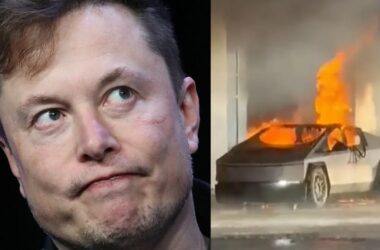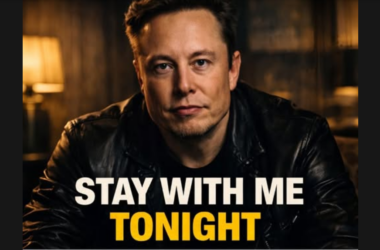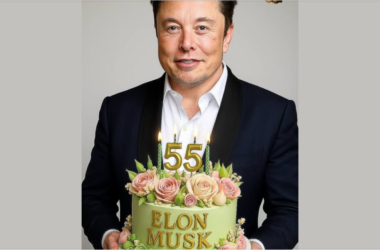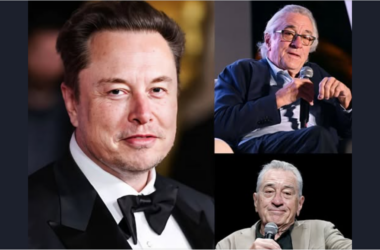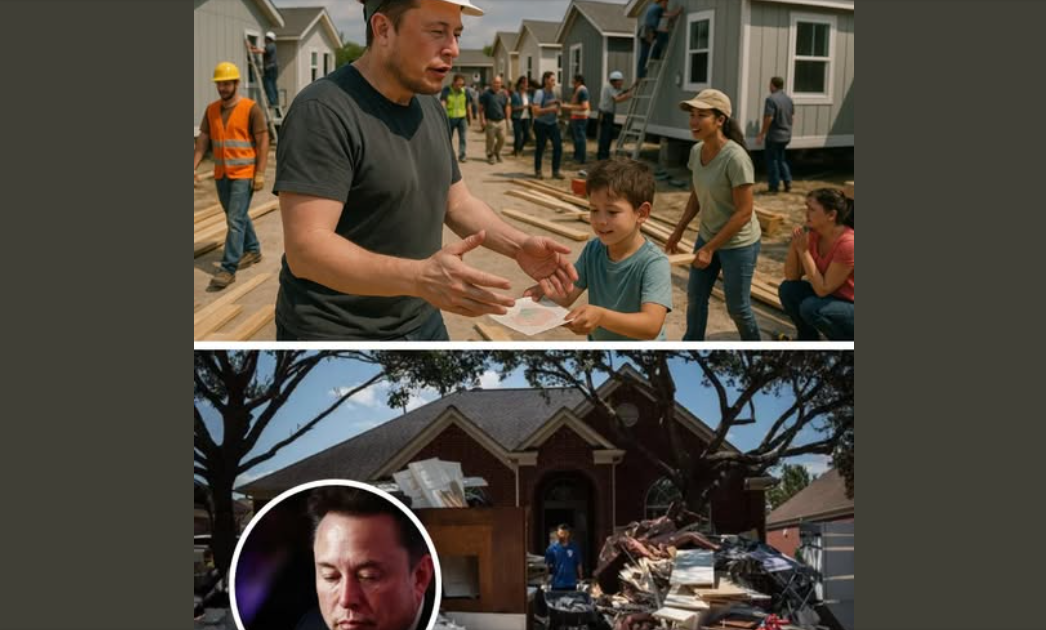
In July 2025, Texas was ravaged by catastrophic flooding, one of the deadliest natural disasters in the state’s recent history, claiming at least 27 lives, including approximately 20 young girls from Camp Mystic. As communities grappled with the aftermath—destroyed homes, disrupted lives, and overwhelmed infrastructure—billionaire entrepreneur Elon Musk stepped in with a bold initiative. Through his companies and charitable foundation, Musk spearheaded the rapid construction of temporary housing for flood-affected families, providing a lifeline to those displaced by the disaster. This move, while not without controversy, underscores Musk’s growing influence in disaster relief and his commitment to leveraging his resources for humanitarian causes. This article explores the details of Musk’s initiative, its impact on Texas communities, and the broader implications of his involvement in crisis response.
The flooding that struck Texas in early July 2025 was unprecedented, fueled by heavy rainfall and exacerbated by climate factors that led to rivers overflowing and flash floods sweeping through communities. The National Weather Service reported rainfall totals exceeding 20 inches in some areas, overwhelming drainage systems and leaving entire neighborhoods underwater. The tragedy at Camp Mystic, where 20 girls were swept away by floodwaters, became a heartbreaking symbol of the disaster’s toll. Thousands of families lost their homes, with estimates suggesting over 10,000 residences were damaged or destroyed across Central and Southeast Texas.
The federal response, led by the Federal Emergency Management Agency (FEMA), faced significant challenges. Critics, including Musk himself, pointed to delays in aid delivery and inadequate preparation, partly attributing these to budget cuts and staffing reductions at the National Oceanic and Atmospheric Administration (NOAA) and other agencies. A March 2025 New York Times report detailed how FEMA’s funding freeze, influenced by Musk’s Department of Government Efficiency (DOGE), had already strained disaster recovery efforts, leaving communities vulnerable. Against this backdrop, Musk’s decision to intervene directly with temporary housing was both a practical solution and a statement about the inefficiencies of traditional disaster response.
Within days of the flooding, Musk announced through X that he was mobilizing resources to build temporary housing for displaced families in Texas. The initiative, reportedly funded through a combination of the Musk Foundation and SpaceX’s logistical capabilities, aimed to construct modular, sustainable housing units in hard-hit areas like Bastrop, Austin, and Brownsville. Drawing on SpaceX’s expertise in rapid deployment and modular construction—honed through projects like the Starbase facility in South Texas—Musk’s team promised to deliver 500 temporary homes within two weeks, a timeline that stunned local officials.
The housing units, inspired by designs from Boxabl, a modular home company Musk has previously praised, are compact yet functional, featuring single-bedroom layouts with solar-powered electricity, basic plumbing, and Wi-Fi connectivity via Starlink terminals. Each unit, costing approximately $10,000 to produce, was designed for quick assembly, with SpaceX engineers and volunteers working alongside local contractors to erect the homes on donated or leased land. By July 15, 2025, the first 100 units were operational in Bastrop County, providing shelter for families who had been living in emergency shelters or with relatives.
Musk’s involvement extended beyond funding and logistics. He personally visited the construction sites, documented in a July 10 X post where he was seen handing out Starlink kits to residents. The Musk Foundation also pledged $5 million to cover furnishings, food supplies, and temporary utilities for the housing communities, building on its earlier $2.4 million grant to SBP for Hurricane Helene recovery in 2024. Local leaders, including Bastrop’s city manager Sylvia Carrillo, praised the speed and scale of the effort, noting that it filled critical gaps left by delayed federal aid.
The temporary housing initiative has had a tangible impact on Texas communities. In Bastrop, where Musk’s corporate campus for SpaceX, X, and The Boring Company is located, the new housing units have provided stability for over 300 families by mid-July. Residents like Maria Gonzalez, a single mother who lost her home to flooding, described the units as “a godsend,” citing their clean, modern design and access to internet, which allowed her children to resume online schooling. The inclusion of Starlink connectivity has been particularly transformative, enabling families to stay connected, apply for aid, and access telehealth services in areas where infrastructure remains damaged.
However, the initiative has not been universally embraced. Some local residents and activists in Brownsville, near Musk’s Starbase facility, expressed concerns about the long-term implications of his involvement. Josette Cruz, a Brownsville organizer, told The Guardian in May 2025 that Musk’s projects often lead to gentrification, with rising housing costs already straining locals. Critics worry that the temporary housing could pave the way for permanent developments benefiting SpaceX employees rather than the broader community, echoing Musk’s earlier plans to build a company town in Starbase.

Musk’s strained relationship with some Texas neighbors, particularly in West Lake Hills, where his $6 million mansion is located, has also colored perceptions. A May 2025 New York Times report detailed conflicts over a 16-foot fence at his property, with neighbors accusing Musk of disregarding local regulations. Similar sentiments surfaced in flood-affected areas, where some residents viewed his initiative as a publicity stunt, especially given his past criticisms of FEMA and his role in freezing federal funds.
Musk’s disaster relief efforts have been marred by controversies, many of which stem from his own actions on X. In October 2024, during Hurricane Helene, Musk falsely claimed that FEMA was blocking Starlink deliveries and misallocating funds to house migrants, accusations debunked by FEMA and Transportation Secretary Pete Buttigieg. These claims resurfaced during the Texas floods, with Musk alleging on X that FEMA’s inefficiencies justified his intervention. While his housing initiative has been largely effective, such statements have fueled distrust, with some residents hesitant to accept aid associated with Musk due to his polarizing rhetoric.
Additionally, social media rumors have muddied the narrative. In March and April 2025, false Facebook posts claimed Musk donated $5 million or $800,000 to build affordable housing for low-income families, claims Snopes debunked as AI-generated. These rumors, while unrelated to the Texas flood response, have created confusion about Musk’s actual contributions, with some residents mistakenly believing the temporary housing was part of a broader, fictional philanthropy campaign.
Musk’s rapid construction of temporary housing raises important questions about the role of private individuals in disaster relief. His ability to mobilize resources quickly—leveraging SpaceX’s engineering prowess and Starlink’s connectivity—demonstrates the potential for private sector innovation to address crises where government responses falter. The initiative’s success, delivering homes in weeks rather than months, contrasts sharply with FEMA’s slower processes, which have been hampered by funding disputes and bureaucratic delays.
However, Musk’s involvement also highlights the risks of relying on billionaires for public goods. His influence, amplified by his wealth and control over X, allows him to shape narratives and bypass traditional systems, as seen in his criticisms of FEMA and NOAA. Critics argue that this dynamic undermines democratic accountability, with Musk’s priorities—such as promoting SpaceX or Starlink—potentially overshadowing community needs. The temporary housing, while lifesaving, is not a long-term solution, and questions remain about who will maintain the units or support residents once the immediate crisis subsides.
Moreover, Musk’s initiative intersects with his broader vision of self-sufficient communities. The modular homes and Starlink integration mirror his plans for Starbase, where he aims to create a sustainable, company-driven town. This raises the possibility that the Texas housing project could serve as a testing ground for Musk’s ambitions, blending philanthropy with business interests.
Elon Musk’s rapid construction of temporary housing for Texas flood victims is a testament to his ability to act decisively in times of crisis. By delivering 500 homes in record time, equipped with modern amenities and connectivity, Musk has provided critical relief to families in need, earning praise from many in the affected communities. Yet, his approach is not without flaws—his controversial statements, history of misinformation, and potential business motives have sparked skepticism and debate.
As Texas rebuilds, Musk’s initiative offers a glimpse into a possible future where private innovation complements, or even challenges, government-led disaster response. Whether this model is sustainable or equitable remains to be seen, but for now, the families sheltered in Musk’s modular homes have a place to call home amidst the chaos. The image of these sleek, solar-powered units rising from the flood-ravaged plains of Texas is a powerful symbol of hope—and a reminder of the complex legacy of the world’s richest man.
